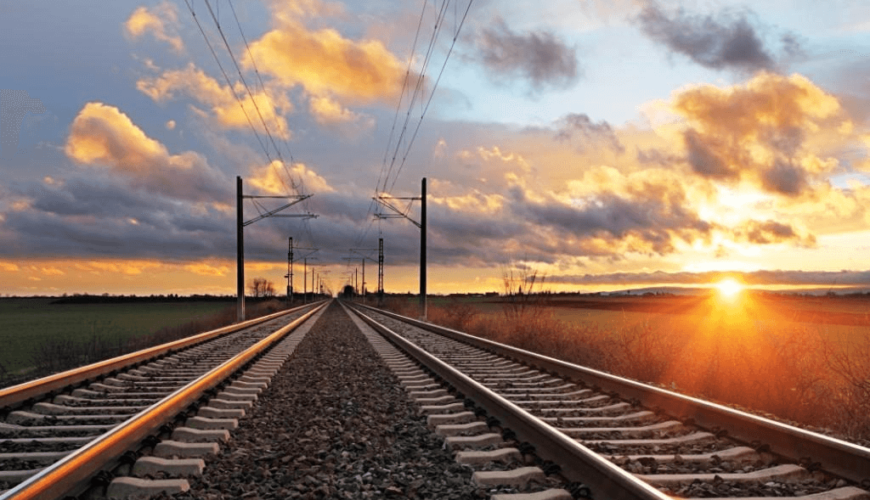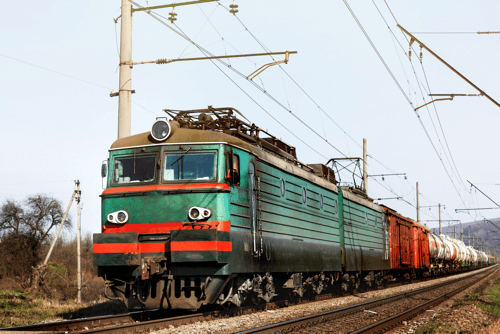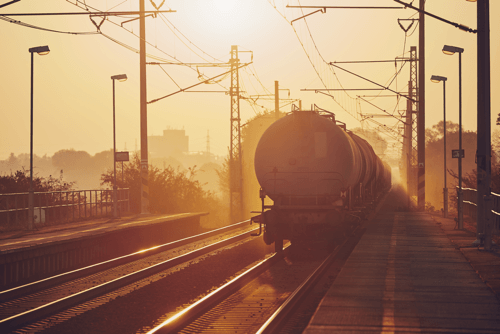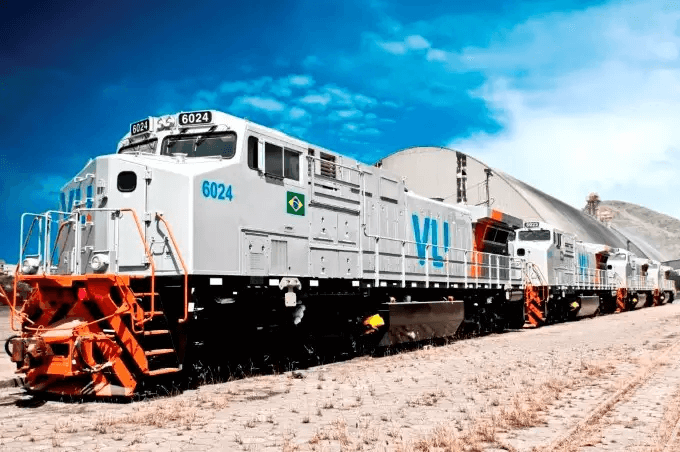
Railroad infrastructure: What are the challenges and opportunities
When we talk about infrastructure in general, we are dealing with a very complex and broad field, which refers to several issues, such as economic infrastructure, sanitation, energy, telecommunications, tourism, logistics and transportation. In the latter case, the transport infrastructure refers to the main modes of transport that make up the movement of people and cargo in the country, including, for example, the railroad infrastructure.
You can access the link below and check how the transport logistics infrastructure is composed, addressing several issues related to it.
However, in the following article, the focus will be on the railroad infrastructure, talking about aspects of composition, history, training and performance model nowadays.
Content Index
Contextualization

The railroad sector was, for a long time, the main modal of cargo transportation in Brazil.
Still in the middle of the 19th century, around 1850, the first railroads were built, being, at that time, the only mode of transportation in force, remaining as the main one until the mid-1920s.
During this period, the railroad infrastructure was very well cared for and worked on, receiving constant incentives and investments for the growth and strengthening of the sector. However, as the road sector started to be inserted, the railroads lost their space.
The crisis in the railroad sector worsened even more in the 1960s, when the government stipulated a long program of incentives for highways, seeking to attract automobile industries to the country.
As a result, the railroad infrastructure went through a long period of scrapping, without receiving many important investments, totally at the expense of the rise of the road sector.
This scenario only improved in the 90's, when the regulation of the railroad segment changed, and private companies started to concession the roads, increasing investments.
In this way, there are still many opportunities and challenges that the railroad infrastructure needs to face in order to recover some of the lost prestige, trying to reduce the difference between these transport sectors of paramount importance for cargo handling.
For this reason, we have selected 3 challenges and 3 opportunities for the railroad infrastructure, which we will show below.
Main Rail Infrastructure Opportunities of railroad infrastructure

To start, we will talk about the 3 main opportunities for growth and improvement of the railroad infrastructure.
Concession renewal

As we said, the rail sector has received major investments in the last 20 years, precisely because of the change in the model of concessions on the railroads.
Currently, all roads are concessioned and controlled by companies in the logistics sector, such as Rumo Logística, VLI Logística, MRS logistics, among others.
One of the great opportunities that the railroad infrastructure has to continue growing, is the renewal of the existing lines.
This is necessary, precisely because the companies that are working with these railroad lines, already know the routes, know what needs to be done to improve and have interesting investment potential, since they are consolidated companies in this market.
Investments to expand meshes

Maintaining the existing railroad lines and investing in railroad infrastructure so that they continue to operate the way they do, that is, playing a very important role in the transportation of cargo and goods to Brazilian municipalities and ports, is essential.
However, there are still several regions that lack the presence of railroad networks.
In this sense, the incentive and demand for significant investments to be made to expand the existing networks, is also a very interesting path and opportunity.
There are even government projects that work so that these two opportunities mentioned so far, complement each other.
In other words, as the Brazilian government opens space for the renewal of railroad concessions, at the same time it requires companies to seek to invest in new lines, precisely to cover a greater number of locations and ports in Brazil.
National Logistics Plan

Another important growth opportunity was created together with the creation of the National Logistics Plan, by the federal government.
This plan aims to implement changes in the logistics of Brazilian transport infrastructure, including the railroad infrastructure.
The Plan foresees a considerable increase in the participation of the railroad sector in the transportation of Brazilian cargo, which is currently relatively low, especially when compared to the railroad sector.
Among the main guidelines of the plan, is the identification and proposal of new solutions for the growth of the cargo transport infrastructure, cost reduction and higher quality in the movement of goods, aiming at the reduction of pollutant emissions.
Main challenges Infrastructure Opportunities of railroad infrastructure
Although there are good opportunities for growth, mainly with the effective participation of the federal government, there are still long challenges that need to be faced to reach the desired level. They are diverse, but we selected the 3 that we consider main in this sense, check it out.
Better use of fleets

One of the major challenges that the railroad infrastructure needs to overcome is in relation to the composition of the existing networks.
According to data from the executive director of DB International Brazil, Peter Mirow, only one third, of the 29 thousand km of railroad network, are used.
This number, considerably low, reflects the conditions that the infrastructure of Brazil's railroad lines are in.
As we said, the long process of scrapping caused the lines to be abandoned
Without receiving incentives for a long time, the structure of the tracks and trains of several lines were impaired, making the use of these stretches difficult.
Transformation of railroads

Currently, the vast majority of the railroad fleet, of cargo transportation, are powered by diesel. Unfortunately, this makes it difficult for freight trains to enter different regions, as the emission of pollutants is considerably high.
For this reason, a transformation of the railroads, in the sense of modifying the operation of the trains, using electricity as the main fuel, is an important solution for the growth of the railroad infrastructure.
This transformation is advantageous precisely because of the sustainability, as the emission of pollutants would decrease considerably.
Difference for highways

Finally, the main thing for improving the railroad infrastructure and the railroad sector as a whole, would be to further explore the competitiveness of the country's cargo transportation modes.
Currently, more than 60% of the cargo transported passes through the highways, while only around 20% travel through the railroad sector.
This difference, which is quite large, makes dependence of the road sectorwhile at the same time hampering the development of the railroad infrastructure.
With the growth of investments in the railroads, the expansion of the existing networks, the creation of new lines, improvements to the tracks and trains, the railroad infrastructure could transform itself and take it to another level.
Conclusion on railroad infrastructure
Certainly, the railroad sector is very important for Brazil's cargo transport capacity, just as it is in the most developed countries in the world. However, in these countries, the railroad's participation is even greater, as it has some advantages over the highways. Here, in Brazil, there are still many challenges that need to be faced so that the railroads have the necessary level and, therefore, it is very important to take advantage of growth opportunities, both in the short and long term.
Searchs:
https://repositorio.uniceub.br/jspui/bitstream/123456789/635/3/20822795_Lucas%20Pinto.pdf
https://portogente.com.br/portopedia/112739-ferrovias-importancia-para-o-transporte-de-carga
http://www.portaldaindustria.com.br/industria-de-a-z/infraestrutura/












